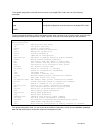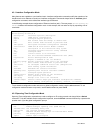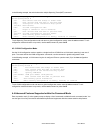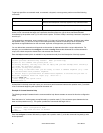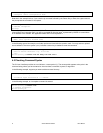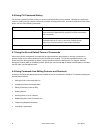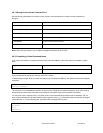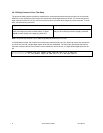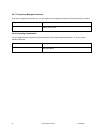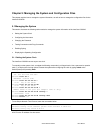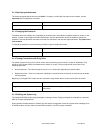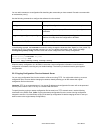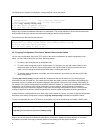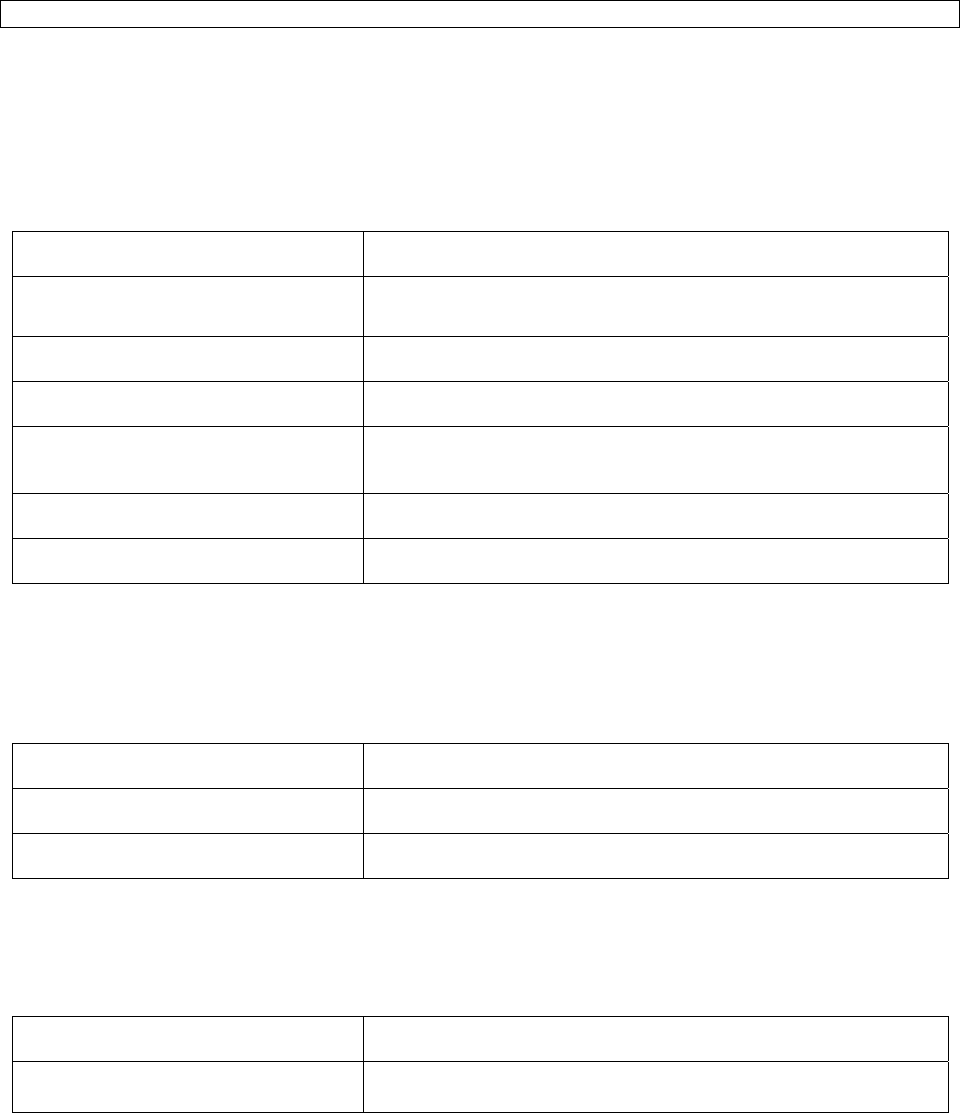
When you have completed the entry, press Ctrl-A to check the complete syntax before pressing Enter to execute the
command. The dollar sign ($) appears at the end of the line to indicate that the line has been scrolled to the right:
Switch(config)# access-list 101 permit icmp 192.168.123.0 0.0.0.255 192$
Use line wrapping in conjunction with the command history feature to recall and modify previous complex command
entries.
4.8.4 Deleting Entries
Use any of the following commands to delete command entries if you make a mistake or change your mind:
Keystrokes Purpose
Press Delete or Backspace.
Erase the character to the left of the cursor.
Press Ctrl-D.
Delete the character at the cursor.
Press Ctrl-K.
Delete all characters from the cursor to the end of the command line.
Press Ctrl-U or Ctrl-X.
Delete all characters from the cursor to the beginning of the command
line.
Press Ctrl-W.
Delete the word to the left of the cursor.
Press Esc D.
Delete from the cursor to the end of the word.
4.8.5 Scrolling Down a Line or a Screen
When using a command that list more information than will fill on the screen, the prompt --More-- is displayed at the
bottom of the screen. Whenever the More prompt is displayed, use the following keystrokes to view the next line or
screen:
Keystrokes Purpose
Press Return.
Scroll down one line.
Press Spacebar.
Scroll down one screen.
4.8.6 Redisplaying the Current Command Line
If you are entering a command and the system suddenly sends a message to your screen, you can easily recall your
current command line entry. To do so, use the following command:
Keystrokes Purpose
Press Ctrl-L or Ctrl-R.
Redisplay the current command line.
35 Asante IntraCore IC36240 User’s Manual



